Central Asia - Uzbekistan - Bukhara - Part 2
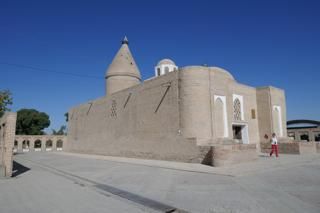
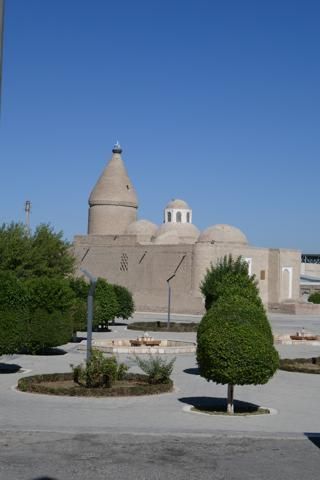
We visited the Chashmai Ayyub Mausoleum, located in the middle of what was a small, ancient cemetery, now a museum dedicated to water.
The mausoleum was built in the 12th century and rebuilt several times during the 14th-19th centuries, finally completed during Emir Timur’s reign. The roof is especially interesting with its mix of round and pointed domes. Of course there is a legend!
The Prophet Job just so happened to be travelling through the lands of Bukhara during a drought, the people meanwhile praying to Allah for a miracle. Job struck the ground with his staff and healing water sprang up. The spring saved the people of Bukhara, which they called Chashma-Ayub, the Spring of Holy Ayub.
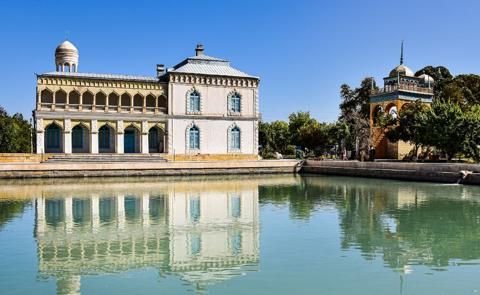
What a contrast to tour the opulent former summer palace of Bukhara Emir Said Olimkhan – the last Emir of Bukhara - established in 1927 as a Museum of Decorative and Applied Art, to show off the lifestyle of Bukharan Emirs.
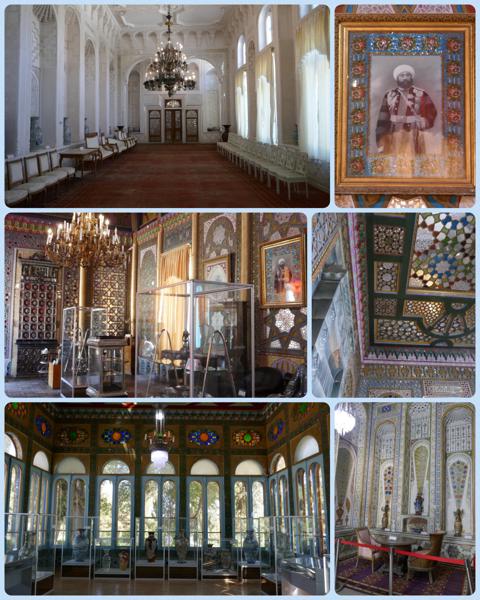
Completed in 1918, displaying royal furniture of the 19th-20th centuries, Japanese and Chinese porcelain, palace artifacts from Russia, jewellery items by well-known Bukharan masters, and gold embroidery panels.
I missed a visit to The Citadel, known as The Ark - one of Bukhara’s oldest structures with several museums, a mosque and old stables. At the entrance to the old city since the 5th century, it was used as a fortress until the early 1920s, destroyed and rebuilt many times. It is said that the Emir himself blew up the palace so it wouldn’t fall into enemy hands.
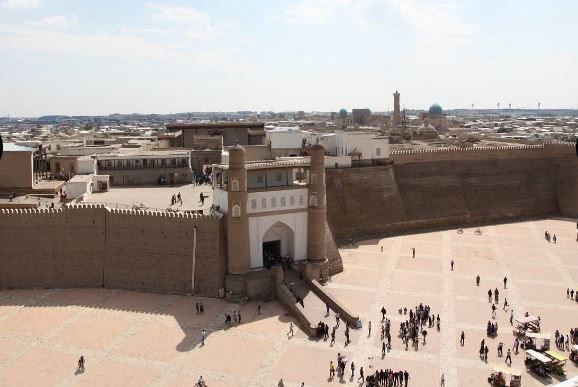
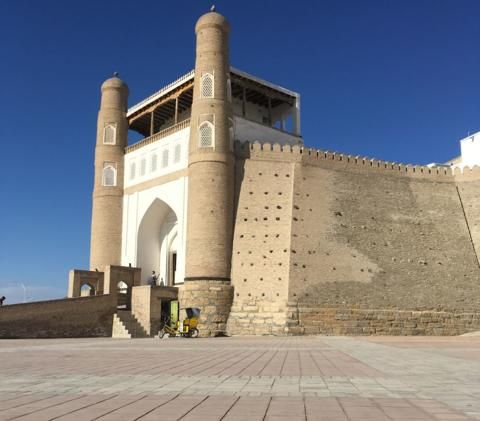
Our boutique hotel, Sacha & Son, within the old city reminded me of a caravanserai - we felt like wealthy merchants entering a central courtyard, retiring to our rooms scattered with rich carpets and little treasures, a place to recline on rugs and enjoy fragrant tea.
Had we stepped into Aladdin’s cave? A touch of the current century though with AC, WiFi and a modern bathroom.
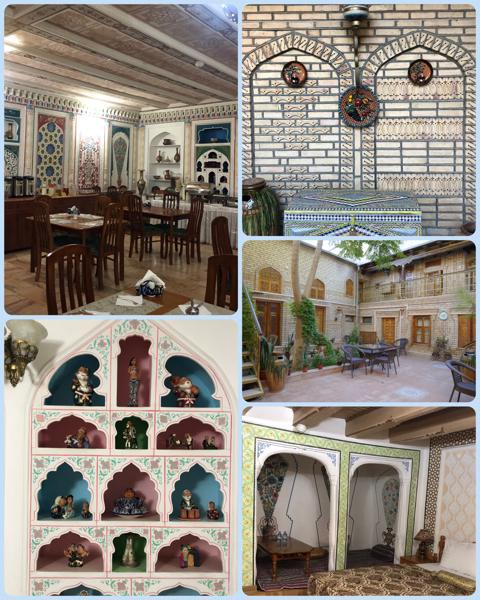
The hotel, was located just a stones throw from Lyabi Hauz - the main square - built in 1620, its name means around the pool - one of the few remaining ponds in Bukhara. Surrounded by cafes, shaded by trees - one mulberry tree which was apparently planted in 1477!
It’s a relaxing spot to people watch. Opposite is a madrasah and in the evening we attended a traditional performance with a band and dancers. The girls were elegant in their gorgeous gowns.
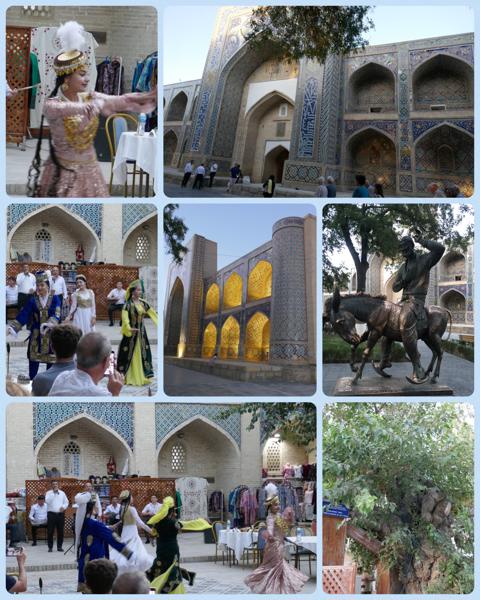
The last city I visited in Uzbekistan and equally atmospheric is Khiva, which I will feature soon.
